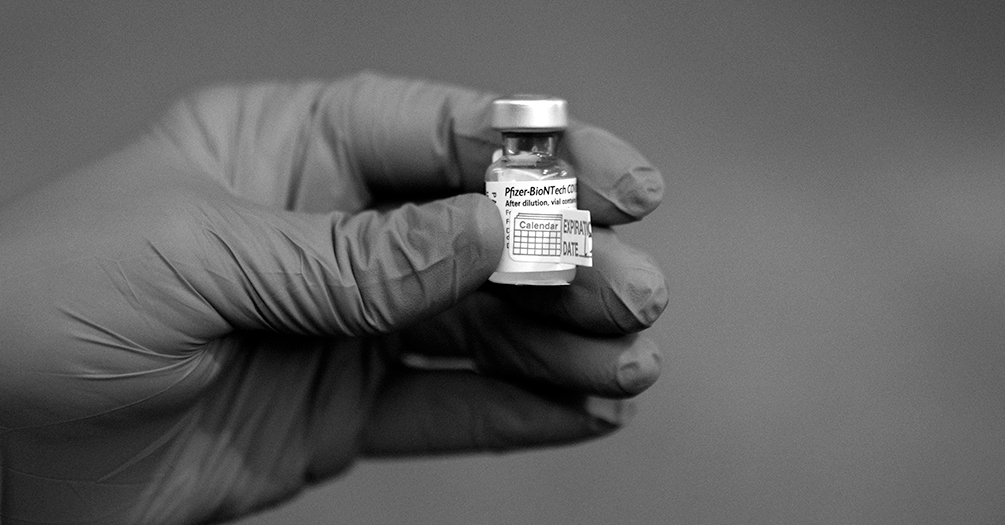Patient Discrimination during a Health Care Encounter

New Research from Paige Nong
PhD Student in Health Management and Policy
A new paper published this week in JAMA Network Open looks at patient experiences of discrimination in the US health system. Paige Nong, a PhD student in the Department of Health Management and Policy at the University of Michigan School of Public Health and lead author of the paper, spoke with us to about discrimination in the health care system and findings from the national survey the team conducted for this research.
The types of discrimination a person could encounter in a health care setting varied, with the survey finding that 21% of non-institutionalized, English-speaking US adults have experienced discrimination while seeking medical care.
“It is of critical importance that we address the harms being done to patients within the health care system itself if we are going to work toward equity,” Nong said.
What types of discrimination does your paper look at?
This paper specifically examines reported experiences of interpersonal discrimination in the health care system. In order to understand how people experience this kind of discrimination in the health care system, we adapted the Williams Major Experiences of Discrimination measures to ask about discrimination based on the following:
- race
- education or income level
- weight
- height
- sex
- age
- physical disability
- sexual orientation
- shade of skin color
- ancestry or national origin
- religion
We also included speaking English as a second language and identified additional types of discrimination, including discrimination based on drug use or medications, mental health status, insurance status or health finances, provider attitude or behavior, and lifestyle. Our final analysis included a total of 18 different types of discrimination.
What are some examples of consequences due to health care discrimination?
A large body of literature gives us important information about the downstream consequences of experiences of discrimination broadly. A smaller subset of this literature examines the downstream effects of discrimination in the health care system specifically. Prior work has identified that people experiencing discrimination are less likely to receive preventive care, utilize mental health services, and trust the health care system, which contributes to poorer health outcomes in these populations. There are many additional opportunities for future research here. We see our work as one contribution to the future analysis of relationships between experiences of discrimination in the health care system and other health outcomes.
Did you encounter any surprising findings in your research?
First, we were surprised by how frequently healthcare-specific types of discrimination were reported as free-text responses (4 types, reported by 90 respondents). For example, 21 respondents described discrimination based on their health insurance type or status and 18 respondents wrote in descriptions of being discriminated against because of particular medications or drug use. We think these additional categories not captured in other surveys are a contribution to future measurement of discrimination in the health care system specifically.
How can health care systems and professionals address discrimination in this setting?
Health care systems can start by systematically collecting information about experiences of discrimination among their patients. This kind of analysis is critical to building effective responses. Health care systems and professionals must first recognize the prevalence of experiences of discrimination and also the many different types of discrimination patients are experiencing, based on social identities like race or gender, and, based on other characteristics like mental health status or weight.
What do you want people to take away after reading this research?
We hope that people understand that interpersonal discrimination in the health care system is a major justice issue. Our estimate is that 21% of non-institutionalized, English-speaking US adults have experienced discrimination while seeking medical care. Racial discrimination is the most common type of discrimination and serious effort needs to be dedicated to to combating racism in health care.
- Read more research from Michigan Public Health.
- Learn more about Health Management and Policy.
- Support research and engaged learning at Michigan Public Health.
Read More Stories from the Spring 2021 Issue of Findings



